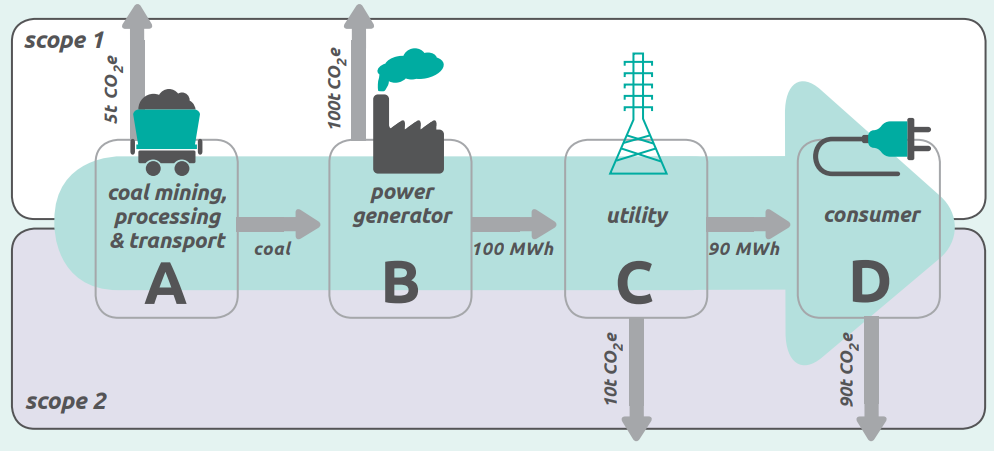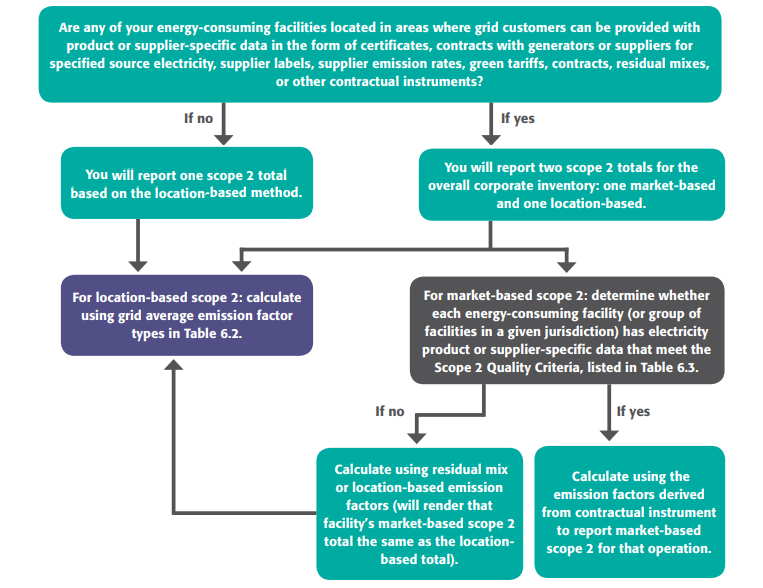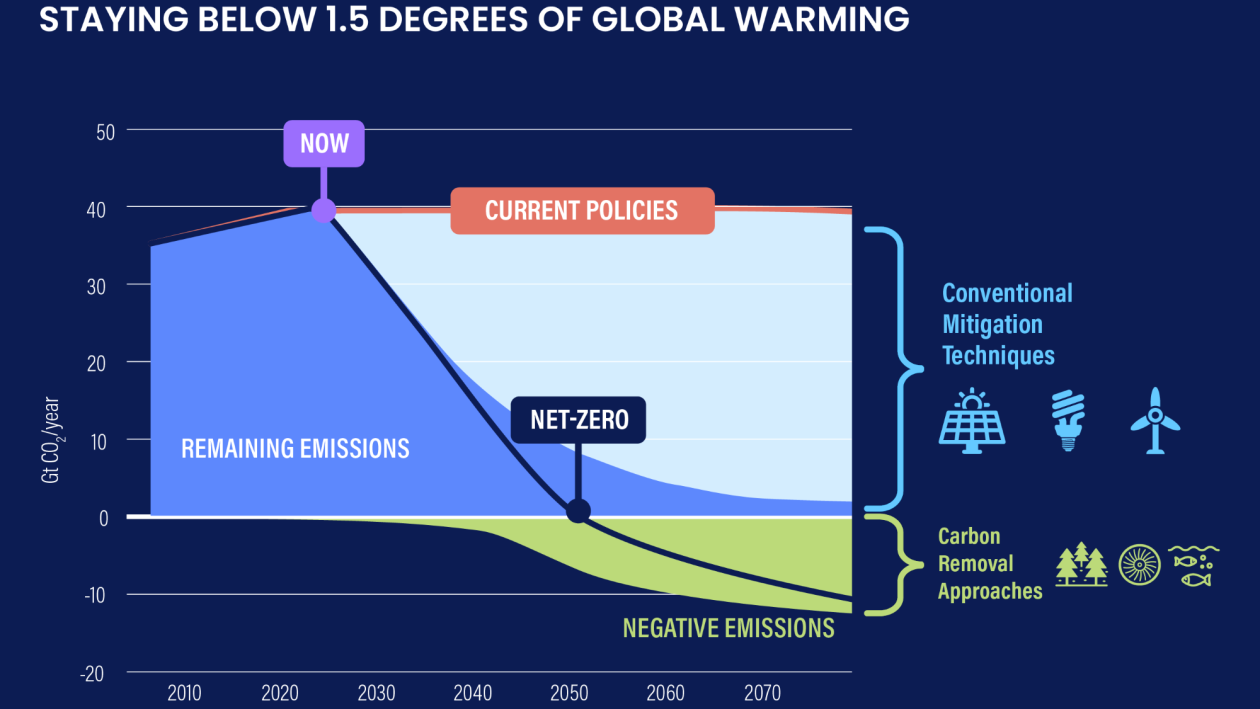Scope 2 Emissions Guide

Emissions across an electricity value chain. Source: GHG Protocol: Corporate Value Chain (Scope 3) Accounting and Reporting Standard
What are Scope 2 Emissions?
In the GHG Protocol, emissions are categorized into two types (direct vs. indirect) and three scopes (Scope 1, 2, and 3).
Indirect emissions fall under Scope 2 and Scope 3. Scope 2 refers to emissions from purchased energy, while Scope 3 covers emissions from upstream and downstream activities. Energy in Scope 2 includes electricity, steam, heating, and cooling.
- Electricity: The most common type of energy, used in nearly all companies.
- Steam: Primarily used in industrial processes, such as mechanical work or directly as a process medium. Combined Heat and Power (CHP) facilities can produce various types of energy from a single combustion process.
- Heat: Required for maintaining and controlling the indoor climate of commercial buildings and the indoor equipment of industrial buildings. CHP plants often supply both heat and steam to nearby organizations.
- Cooling: Similar to heat, cooling is essential for business operations, such as chilled water and cold storage facilities.
Accounting methods for calculating Scope 2
According to the GHG Protocol, there are two accounting methods: location-based and market-based.
- Location-based method:
This method considers the average emissions of electricity generated within a specific geographic area over a specific period. It treats all entities on the grid as average consumers and assigns the local grid emission factor to all electricity use. It’s common to use the production mix — a country-specific average emission factor for electricity produced annually — in the location-based method.
Emissions = kWh of electricity used x Local grid emissions factor
- Market-based method:
This method reflects the emissions from purchased electricity based on specific contracts or agreements. In other words, the geographic location of the company’s facility does not determine the emission factor; instead, it is determined by the energy contract the company signs. The emission factor for the market-based method is provided by the energy supplier. If the supplier does not have this data, the residual mix — a country-specific average emission factor for uncertified energy — can be used.
Emissions = kWh consumed x Energy provider’s emissions factor

Determining which accounting methods to use for scope 2. Source: GHG Protocol Scope 2 Guidance
GHG Protocol’s detailed guidance can be found here.
![]()
Compera provides a complete platform to easily request, register and report data on climate, environment, HSE, Governance and Human Rights.

